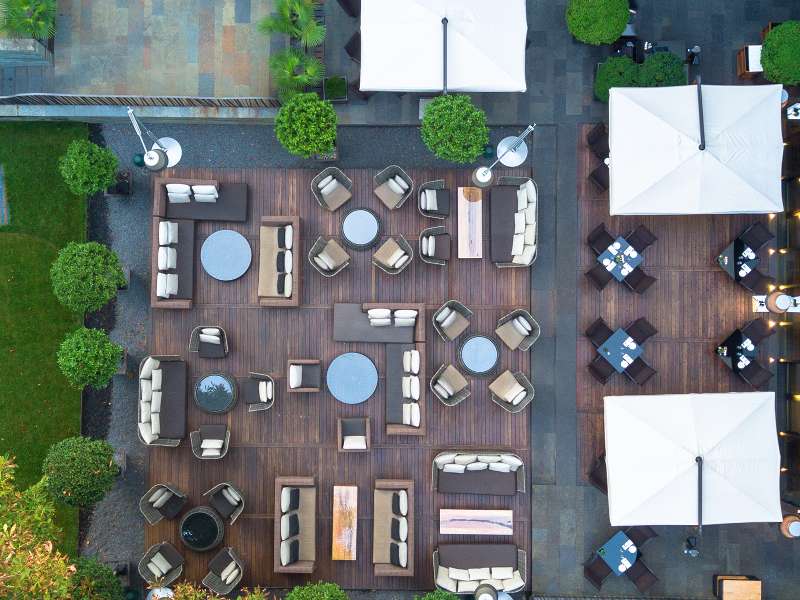Last Supper
Excursions
Shopping Experience
Secret Milan
A Night at the Duomo
A Night at the Pinacoteca Ambrosiana
Exclusive Offers
Image Gallery
What's On
An Emperor's Jewel
Festive Season
about Bvlgari


























